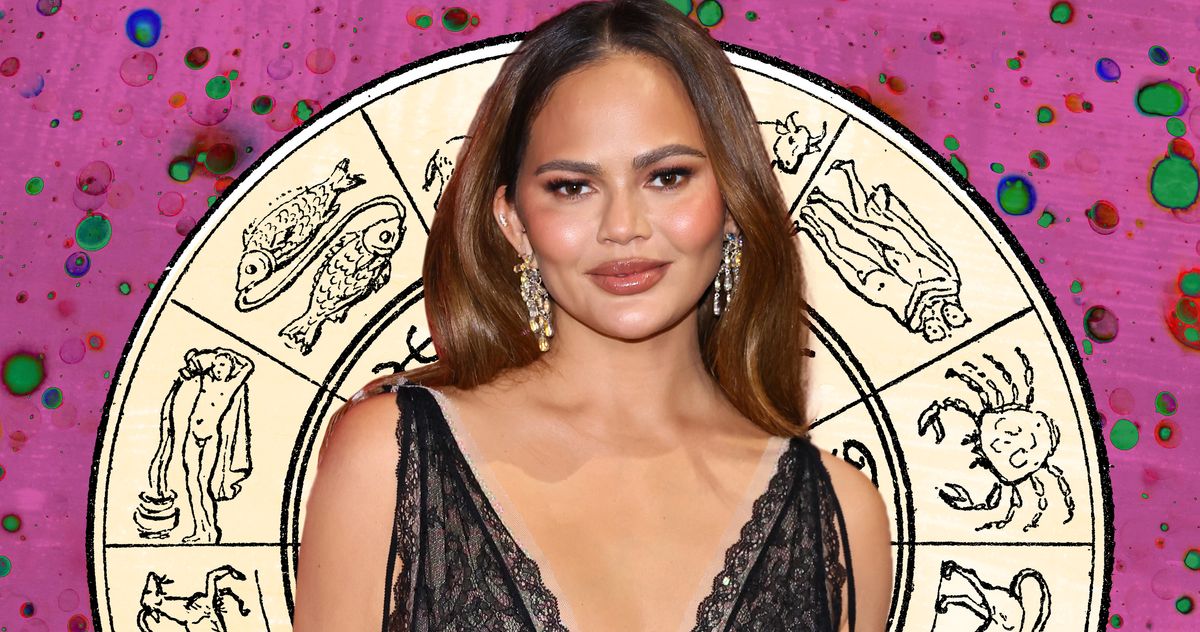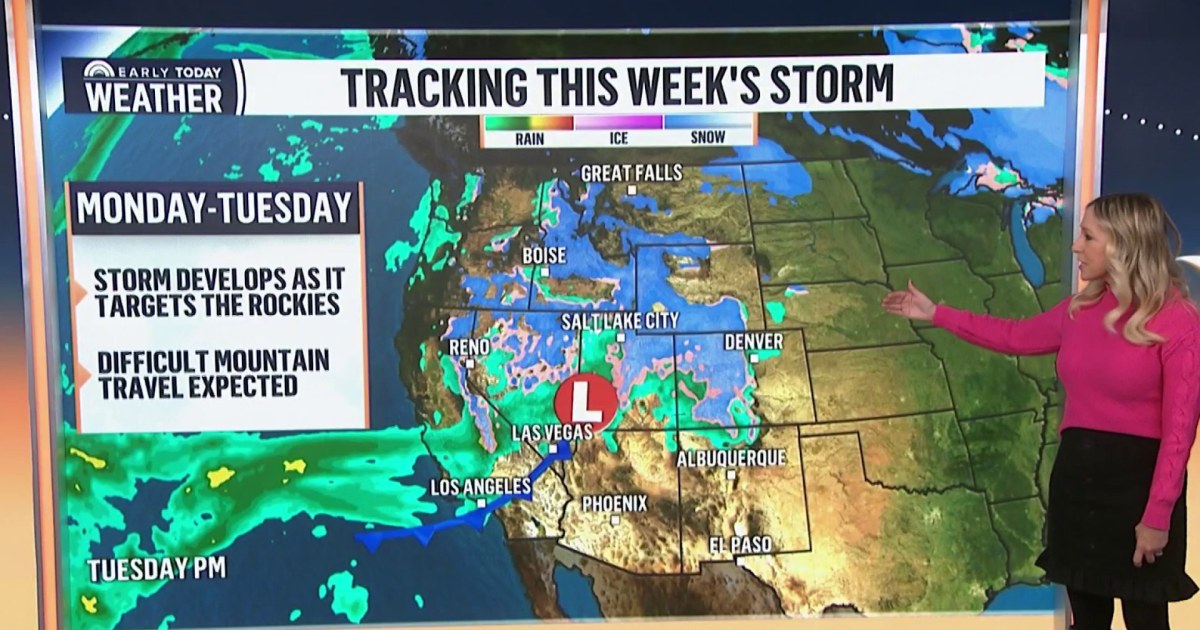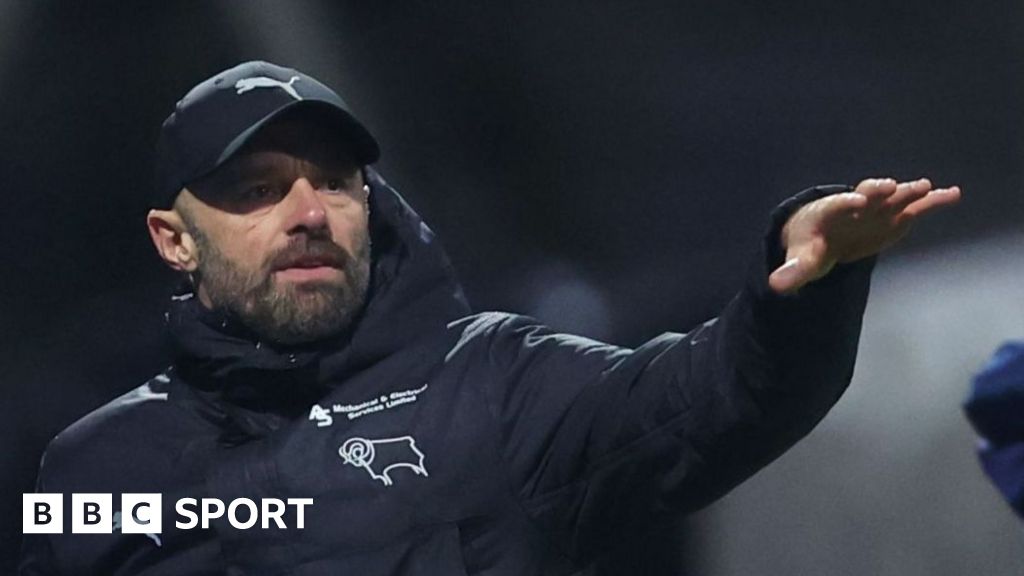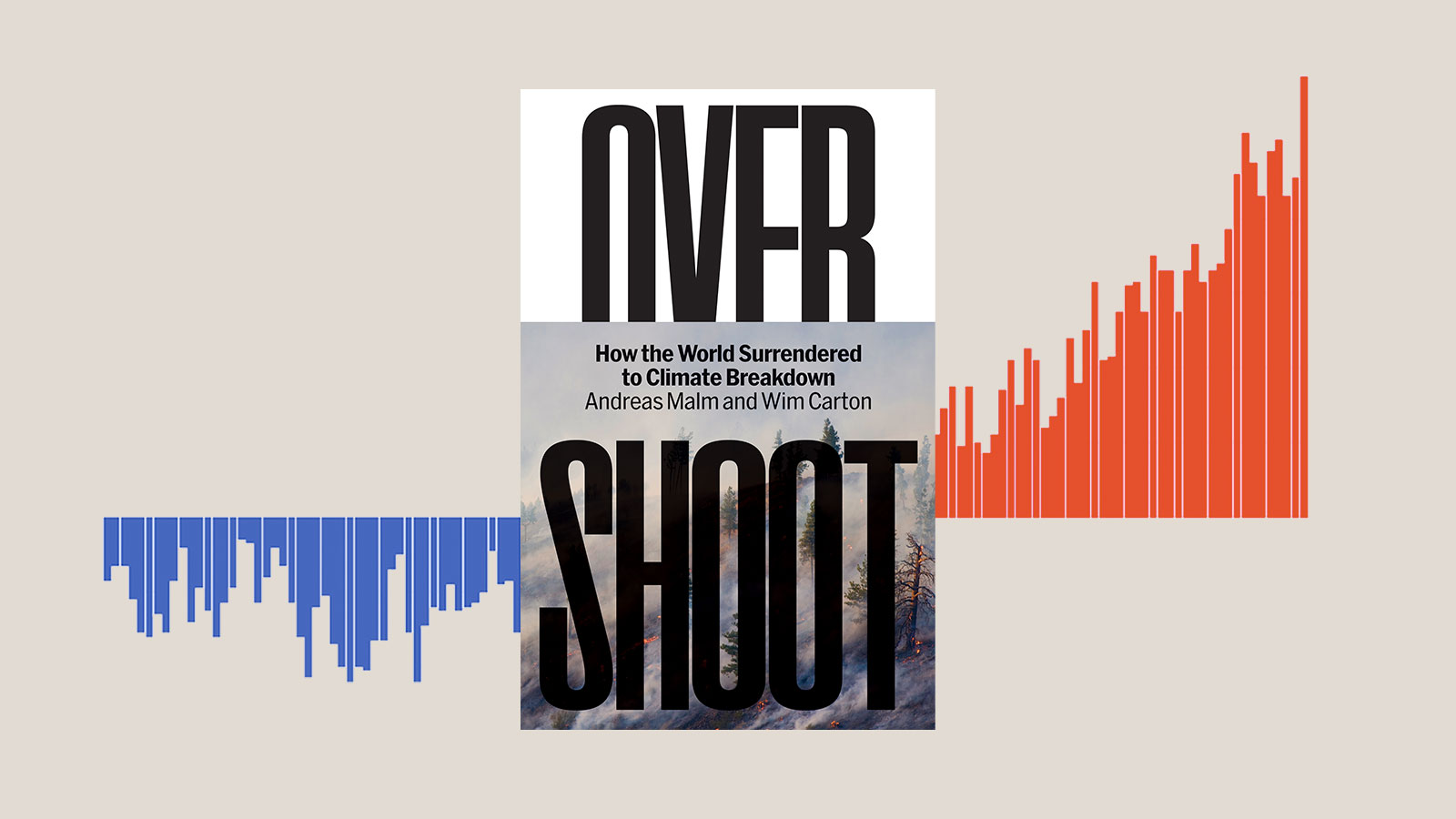Fashion
Sally Singer’s Third Act

Sally Singer is best known for her collective two decades at Vogue, where she oversaw the launch of Vogue Runway and most recently served as the creative director of Vogue.com. She vacated that position in 2020 to join Amazon as head of fashion direction. It was a “very different sort of job,” she said, driven more by data than by relationships, but one she enjoyed.
She was only three years into her tenure at Amazon when another new opportunity came knocking from Susan Plagemann, the president of WME Fashion, parent to agencies including IMG (for models and events like New York Fashion Week), The Wall Group (stylists) and Art+Commerce (creatives and photographers). Drawn to what Plagemann called Singer’s “unparalleled eye for identifying talent,” she wanted to know if Singer would consider heading up the latter, which represents industry legends like famed fashion photographer Steven Meisel and former Vogue creative director Grace Coddington as well as rising talents like makeup artist Isamaya Ffrench, photographer Celine Martin and stylist Katie Burnett.
“I was initially slightly cowed by the sense of responsibility,” Singer, who had no prior agency experience before joining Art+Commerce, admitted over lunch in SoHo during the thick of New York Fashion Week. “I have had huge respect for Art+Commerce and seen it almost as a legacy brand of its own. So to be offered that challenge was just humbling and exciting.”
Now, a year into the role, Singer said she sees the parallels between her current role and her past life as an editor more clearly. Both are rooted in relationships, she said, and her past lives help distinguish her from the agents she manages — a benefit, she added, is that she “doesn’t compete with [her] agents.”
What she is doing, however, is helping them navigate their steps through the rapidly-evolving fashion industry, where there’s more pressure for artists to be distinct creatively — a challenge given the sheer volume of work that is demanded of them today. At the same time, brands also expect that their creative will move the needle financially — not just artistically.
Here, Singer speaks to BoF about what attracted her to the role, how Art+Commerce approaches its client relationships, and what she believes the future has in store for fashion.
What drew you to Art+Commerce? Why were you excited about the opportunity?
I was the global head of fashion production for Amazon, and had that role for nearly three years at that point. I was happy, but it’s a very different sort of job. Amazon is really a data-driven business, it’s not about history, it’s not about your interests and it’s not really about the divine texture of relationships, even though, interpersonally, within the company, the people are great.
I wasn’t actually looking to make a change, but I have always seen Art+Commerce as important in fashion. It’s the agency of Steven Meisel, but I was also aware that in recent years, some of the newer artists on the roster, like Bardia Zeinali and Gordon von Steiner were people I worked with before they even had agents. So I thought I must have something in alignment with this agency beyond just my admiration for its legacy, because they’ve signed people who are part of my history in this industry. It seemed like it might be a good fit — and I did that without knowing any of the agents there at all, personally.
You spent most of your career in magazines, before moving to a retailer with Amazon, and now, you’re at an agency. How has each experience been different, and how have they overlapped with one another?
Everything in the world of an agency and in the world of the highest level of luxury, fashion, beauty is about relationships, histories, very slender threads of personalities and connections over time. That’s not the case in tech, that’s not how the tech world operates.
It’s nice to be back to something that’s much more familiar, much more in the world of print journalism, where people really deliberated on decisions and made exactly the right choices to make exactly the right product, which is a very wonderful and special place to be. On the other hand, I also think that the time that I spent with Amazon helped me in terms of management and business leadership, to be able to think across categories generally. That’s important at WME, because the company really appreciates people who can think architecturally and build bridges between the different divisions.
When I worked in media, I worked with artists, but in service of my point of view, or the publication’s point of view. Now, I have to see everything from the artist’s point of view and the brand’s point of view that we’re servicing. We develop artists over the whole of their career, so how they choose to invest their time, who they choose to align with, how they develop that over the course of their career, is something that I now get to see firsthand from a different side.
In some ways, there are less options for artists now when it comes to working in fashion, with few magazines shooting editorials, and brands are increasingly the primary source for that work. How do you think that shift has impacted the industry, and Art+Commerce’s clients?
There are still publications whose pedigree and authority can validate an artist, and it still works in that way. But I think brands are looking for impulses from all sorts of directions. They’re looking to social and digital campaigns, they’re not necessarily waiting for a printed page to come out to them. So artists have more places to show their work and to get the commercial work that they need to pay their bills, but also sometimes it is the most creative thing they do. There are commercial projects where there’s more experimentation and more freedom. So as certain things have closed down or diminished, other possibilities have opened up to people. But it does fall on all of us in the industry to make sure that wherever people work turns, it’s singular, interesting and thoughtful and is seen by the people that it was intended for.
Art+Commerce has a relatively small client list of less than 100 artists. How do you consider that client and agent relationship? What matters to you in curating that list, and deciding when to bring someone on?
When an agent commits to an artist, it’s a proper marriage. And that means that in certain parts of that artist’s career, they might be at the top of their game. At other points, they might be doing books, they might be doing museum shows, they might want to travel. So that agent sits with them and waits till they want to work in the way they want to work again.
So there’s an understanding that creativity doesn’t just happen with the snap of your fingers.
Not every artist’s whole life will be wrapped up in the kind of revenue-generating work that an agency needs to be in business. But they’re on their roster for all sorts of reasons. It’s important that every single person that we sign is, in my mind, the singular person who does what they do. They do it better than anyone, and they’re not imitating anyone, they’re the best, and if you want them, you come to us, and that’s why it works.
What do artists want out of their careers today? How does that differ between artists at the start of their careers, and those further along?
The fashion world now is very different than it was if you entered it 20 years ago, let alone 30 years ago, or even 40, when Art+Commerce started. The budgets are different, but also expectations are different. The number of assets you have to deliver in any possible form and in any possible day is different. Expectations are usually related to when they started, how they work and why they work, but what I hear from them is they want care and attention to their career right now, which means they want the right amount of work and the right bookings, not every booking. And then they also want care and attention to their legacy.
Beyond artists in particular, what do you think are the most pressing challenges facing fashion right now?
Like most people in this industry, I spend many mornings waking up a bit scared, feeling like it’s all in flux, and not knowing how it’s going to play out. I mean, when you have the top job at Chanel opening, it’s a funny time.
But then you look at the announcement of Sarah Burton for Givenchy, Haider Ackermann for Tom Ford or Alessandro Michele for Valentino. It’s been a long time since exactly the best person was given the job. It’s given me a lot of hope.
This interview has been edited and condensed for clarity.








/cdn.vox-cdn.com/uploads/chorus_asset/file/25080265/111323_PlayStation_Portal_ADiBenedetto_0004.jpg)

